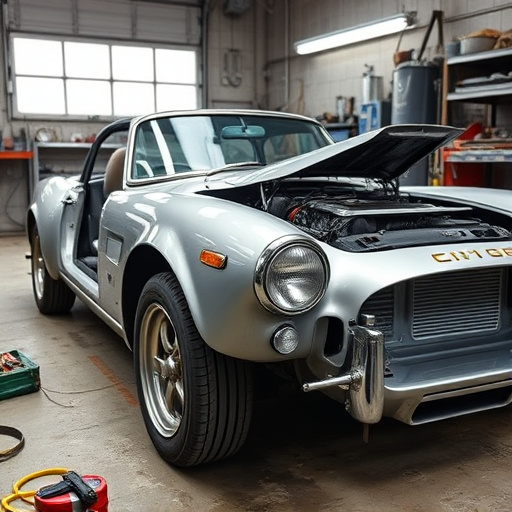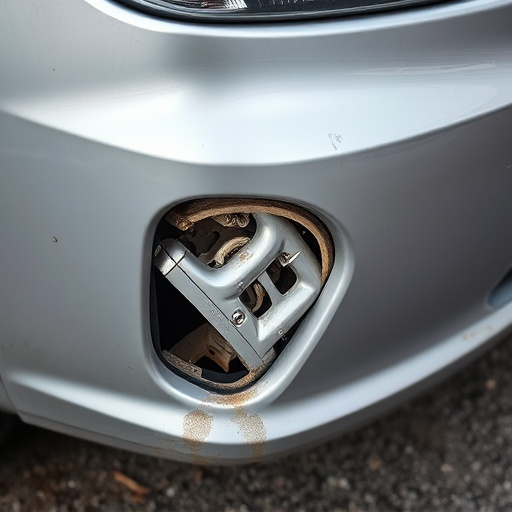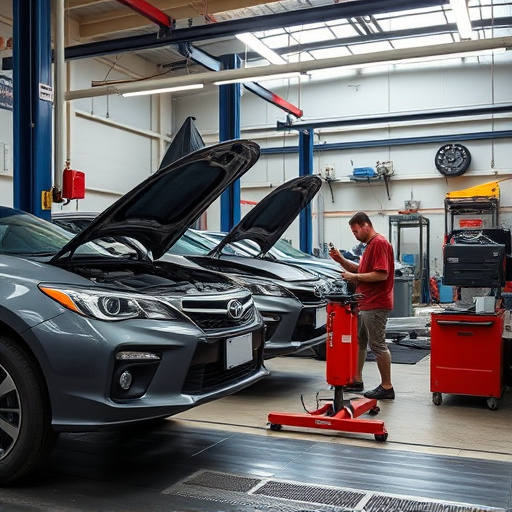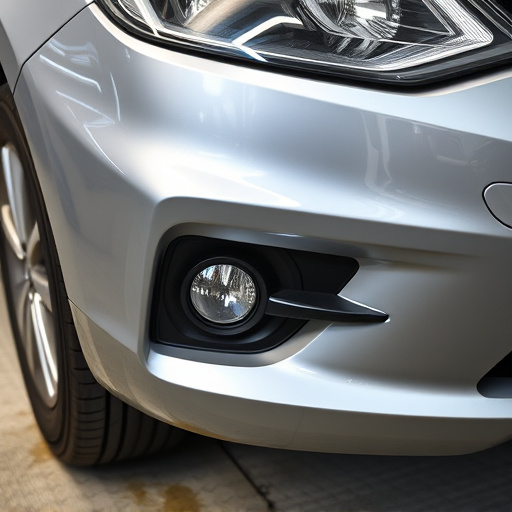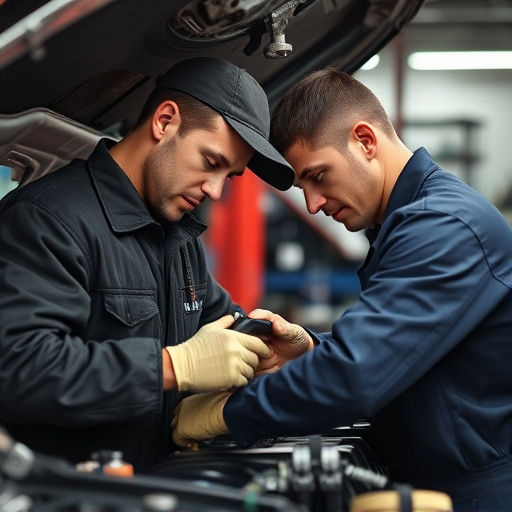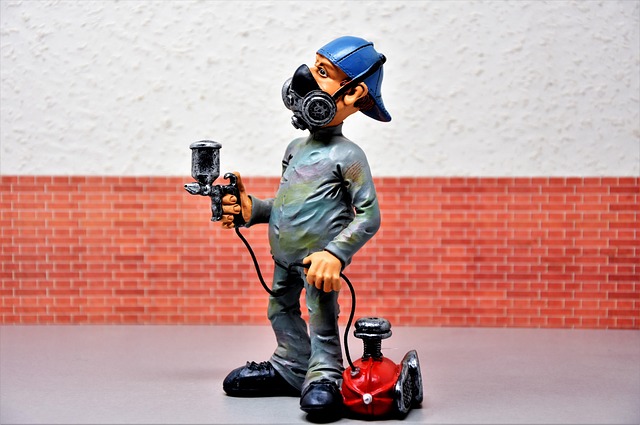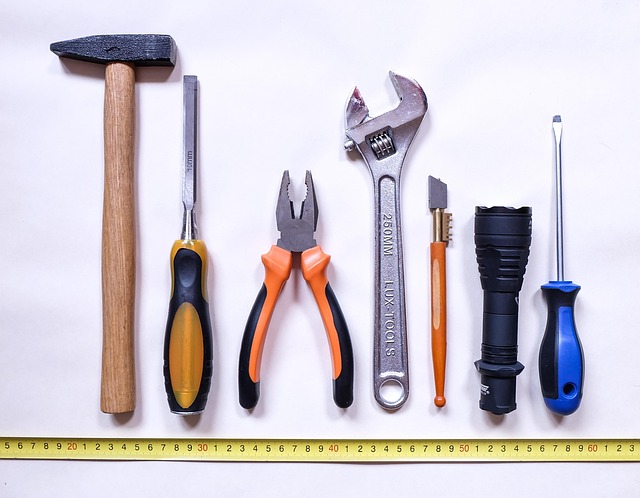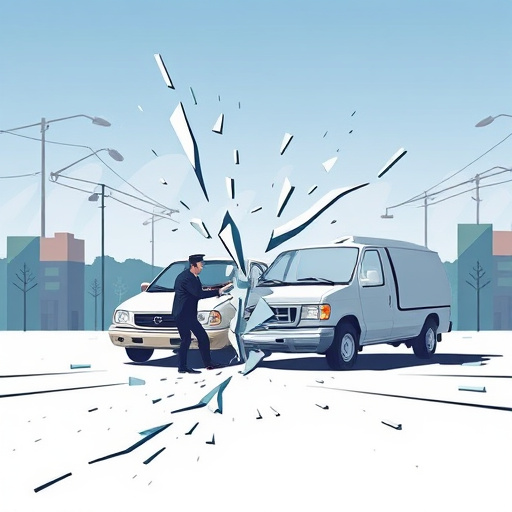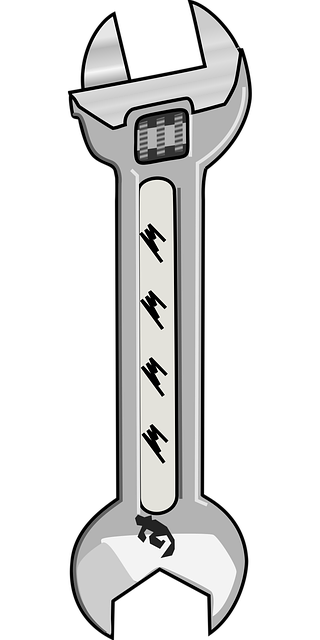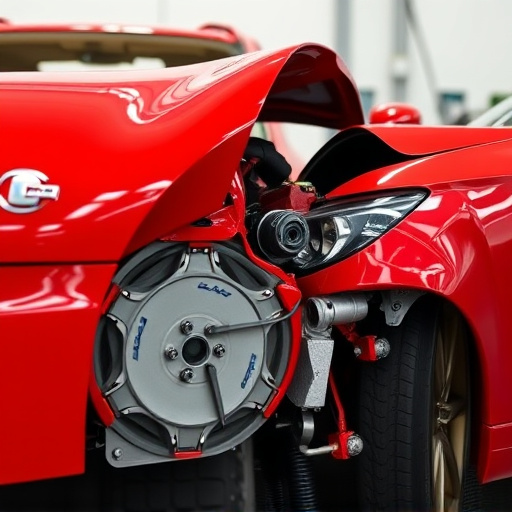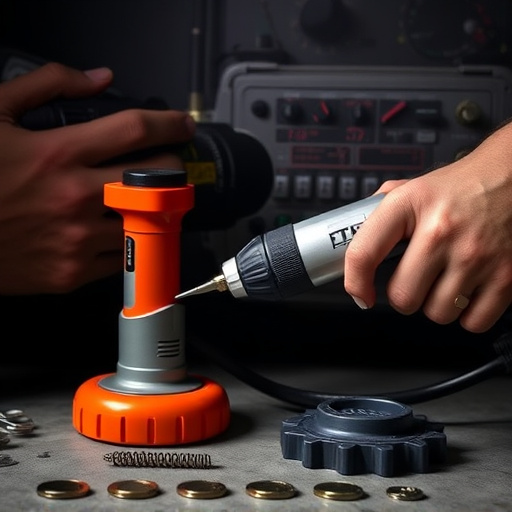Structural damage repair for electric and hybrid vehicles (EV/HV) poses unique challenges due to their complex design featuring advanced battery systems and electrical architectures. Specialized automotive repair techniques are crucial for ensuring safety and optimal performance after restoration. Skilled technicians conduct thorough inspections, perform meticulous repairs including body restoration, paint repair, and component replacement, and use advanced tools for safe disassembly and reassembly. Future trends in EV/HV structural damage repair include automated systems and modular architectures driven by autonomous driving technology. Targeted training programs are essential to meet the growing demand from expanding EV/HV ownership.
In today’s world, electric and hybrid vehicles (EV/HV) are transforming transportation. As these vehicles become more prevalent, understanding and addressing structural damage becomes paramount. This article delves into the intricate field of structural damage repair specific to EVs and HVs, exploring key aspects such as identifying and assessing damage, the meticulous repair process, and common challenges faced by technicians. We also examine emerging trends shaping the future of this vital industry.
- Understanding Structural Damage in Electric and Hybrid Vehicles
- The Process of Structural Damage Repair
- Common Challenges and Future Trends in Structural Damage Repair for EV/HV Vehicles
Understanding Structural Damage in Electric and Hybrid Vehicles

Structural damage in electric and hybrid vehicles can be particularly complex due to their unique design and components. Unlike conventional cars, these vehicles often feature advanced battery systems and sophisticated electrical architectures that must be considered during repair processes. Even minor collisions can impact critical systems, leading to challenges in car body repair and restoration.
Proper assessment is key to effective structural damage repair for electric and hybrid vehicles. Specialized automotive repair techniques and tools are required to mitigate risks and ensure the safety and performance of the vehicle post-restoration. Car body restoration experts must be adept at identifying hidden damage, especially around battery packs and electrical compartments, to guarantee a seamless and secure fix.
The Process of Structural Damage Repair

Structural damage repair for electric and hybrid vehicles involves a meticulous process tailored to preserve their intricate systems while restoring aesthetic appeal. It begins with a thorough inspection, where skilled technicians assess the extent of the harm, identifying components affected, from exterior panels to internal frameworks. This step is crucial in determining the course of action, ensuring every piece is either repaired or replaced for optimal performance and safety.
The actual repair process combines advanced techniques specific to these vehicle types. Auto body restoration methods are employed to fix dents and dings, with special attention given to preserving the vehicle’s structural integrity. Car paint repair, a meticulous art, restores the original finish, ensuring color matching and seamless blending. In collision centers equipped for such repairs, specialized equipment and trained personnel handle complex tasks like aligning panels and replacing components, ultimately transforming damaged vehicles into like-new condition.
Common Challenges and Future Trends in Structural Damage Repair for EV/HV Vehicles

In the realm of structural damage repair, electric and hybrid vehicles (EV/HV) present unique challenges compared to traditional internal combustion engine cars. One significant hurdle is the intricate electrical systems integrated into these vehicles, which require specialized knowledge and tools for safe disassembly and reassembly without compromising the vehicle’s performance or safety features. Moreover, the use of advanced materials like lightweight composites in EV/HV structures necessitates precise repair techniques to maintain structural integrity while adhering to environmental standards, as these materials can be more challenging to repair than conventional metal bodies.
Looking ahead, future trends in structural damage repair for EV/HV vehicles promise significant advancements. The increasing adoption of autonomous driving technology, for instance, will likely drive the development of automated collision repair systems that enhance precision and efficiency. Additionally, the integration of advanced materials and design concepts, such as modular and flexible vehicle architectures, will necessitate innovative repair solutions capable of adapting to these evolving structures. As EV/HV ownership continues to grow, investment in specialized training programs for auto maintenance professionals will be crucial to ensure competent collision repair services that cater to the unique needs of this emerging market.
Structural damage repair is a specialized field within the automotive industry that’s evolving rapidly, driven by the rise of electric and hybrid vehicles. As these vehicles become more prevalent on the road, understanding and addressing structural damage effectively will be crucial for maintaining safety and performance. The process involves advanced techniques and materials tailored to EV/HV specificities, navigating challenges like lightweight materials and complex designs. Future trends suggest increased adoption of autonomous repair technologies and sustainable, eco-friendly solutions, ensuring that structural damage repair keeps pace with the innovative spirit of the industry.

